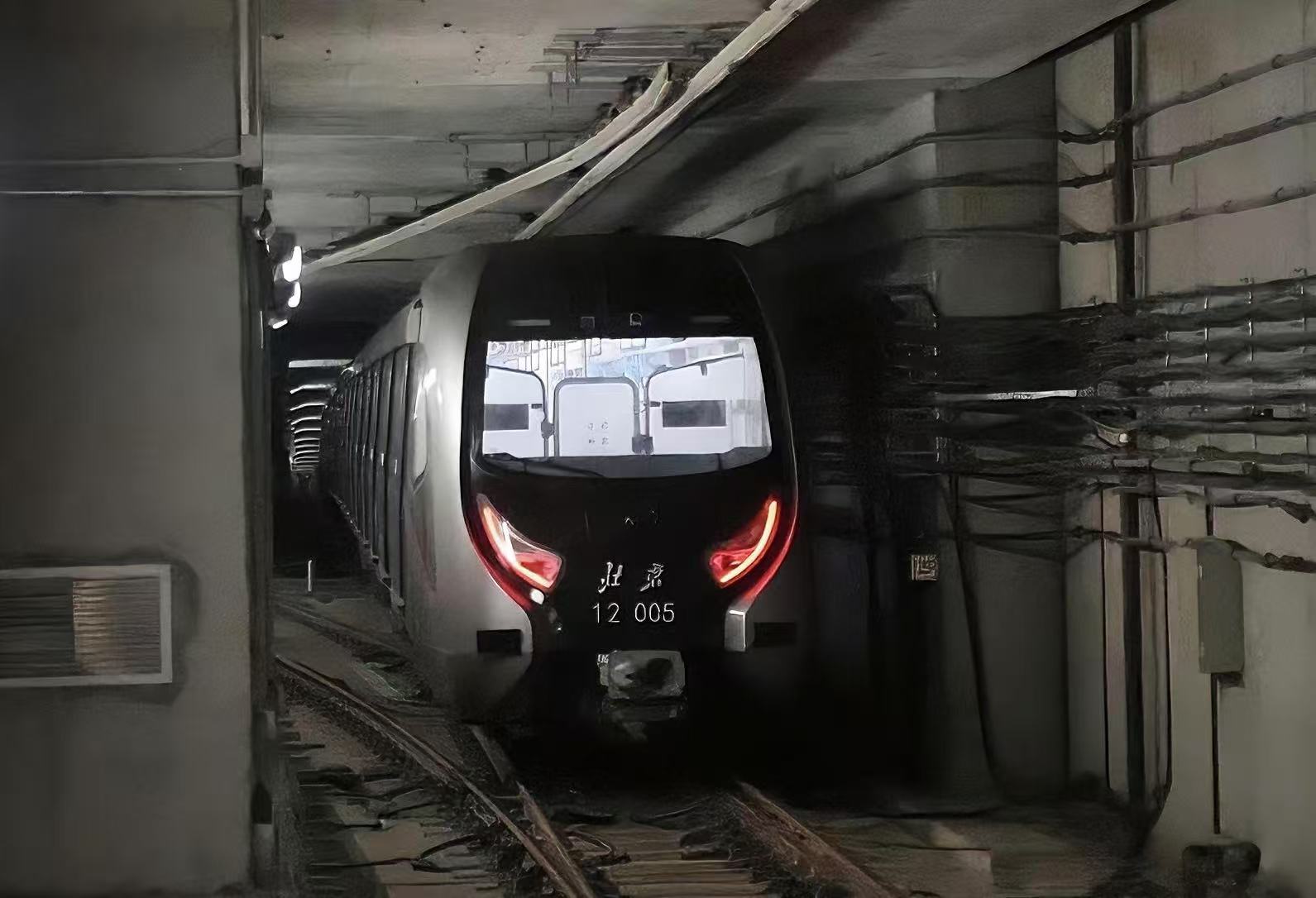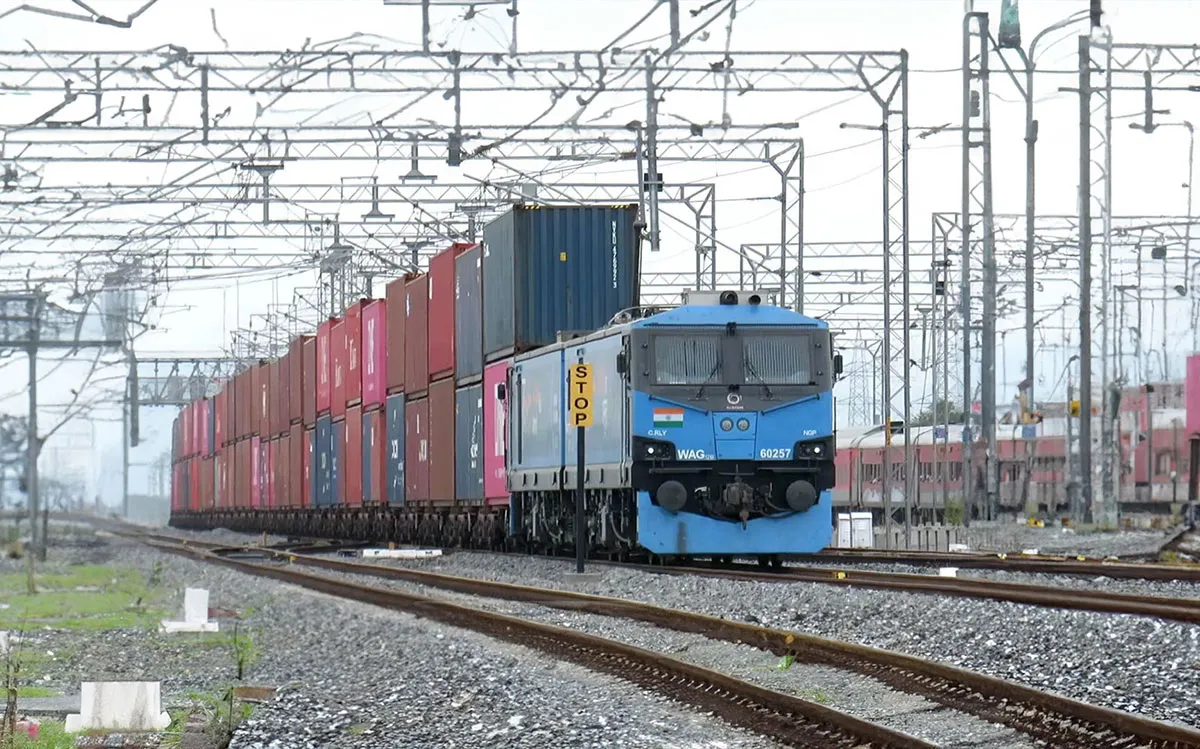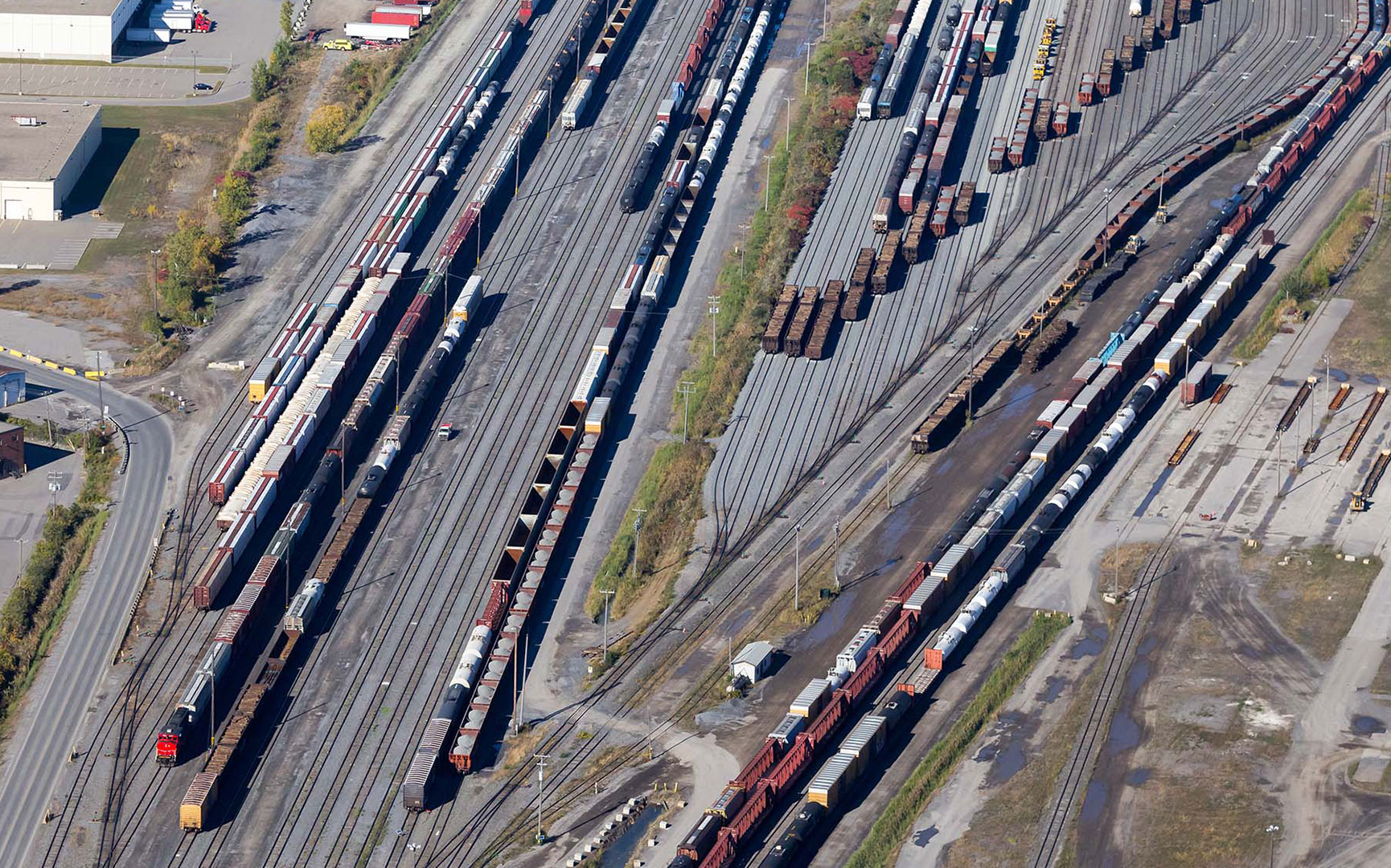Frauscher Sensor Technology has completed the divestiture to Wabtec Corporation.
Find Out MoreNotification Center

Train DetectionAustria
GKB Graz-Köflacher Bahn
The operator of the Graz-Köflacher Bahn has made substantial modernisations to the network, choosing a decentralised system architecture and the EULYNX standardised interface. In this case, it was crucial that the new system would ensure a seamless transition from the previous parallel interface for relay systems to EULYNX.
The regional railway in the Graz-Köflach area is an important and heavily used transport link in Western Styria, Austria. The intention of the operator was to expand and modernise the line which included the installation of a new train detection system and interlocking.
In order to fulfill the requirements of the operator for a safe, available and reliable train detection system, the Frauscher Advanced Counter FAdC®, in conjunction with Frauscher wheel sensors were chosen. The FAdC® was selected due to its optimal performance and robustness, coupled with high levels of reliability, consistent availability and minimum downtime or service interruptions, among other benefits.
Seamless transition
During the commissioning phase, a seamless transition between the relay based system and the new EULYNX system was ensured as they ran in parallel, until the new EULYNX based interlocking system was fully implemented.
Greater degree of flexibility
Thanks to EULYNX, the different lifecycles of interlocking components are decoupled, meaning they can be replaced independently of the manufacturer.
Highly available and reliable operation
Thanks to the implementation of the renowned Frauscher Advanced Counter FAdC® highly reliable and available rail operations are guaranteed, alongside minimal maintenance costs.
To ensure a resilient and future-ready solution, the railway operator chose to establish the system according to a decentralised architecture, based on a serial interface that adheres to EULYNX Baseline 2.0 standards. The new system also needed to provide an easy transition from the existing relay system to EULYNX, guaranteeing uninterrupted availability of railway operations during the commissioning phase.
The FAdC® features the standardised EULYNX interface which made it possible to set up the decentralised system architecture and to ensure a smooth integration with any EULYNX-enabled interlocking systems. By implementing EULYNX, the operator benefits from greater flexibility, and by decoupling the various life cycles of the interlocking components, the system enables individual components to be replaced as required and independently of the manufacturer. Furthermore, the operator is also able to future-proof the system and accommodate any new changes and expansions in a simple and cost-efficient way.
This might also interest you

Train DetectionUnited Kingdom of Great Britain and Northern Ireland
Axle Counter Overlay System

Train DetectionChina
Beijing Metro Line 12

Train DetectionIndia
Western Dedicated Freight Corridor (Rewari – Makarpura)

Train DetectionKazakhstan
FAdC® at Uglerudnaya Station
